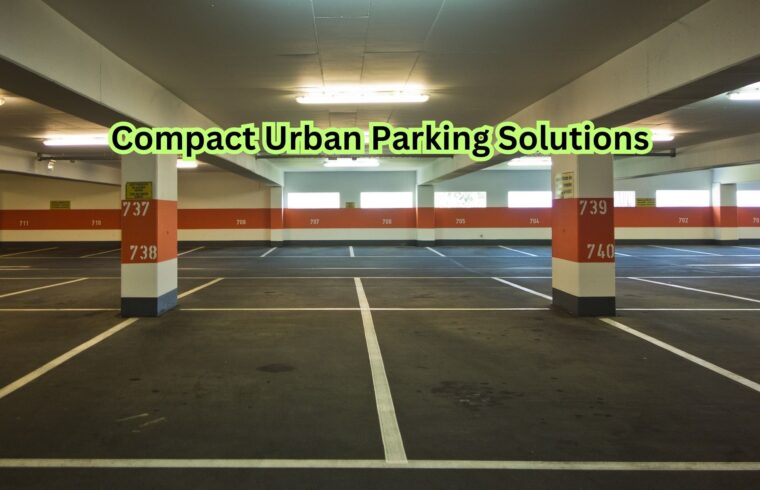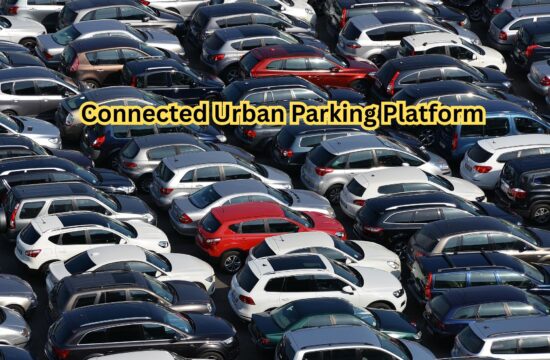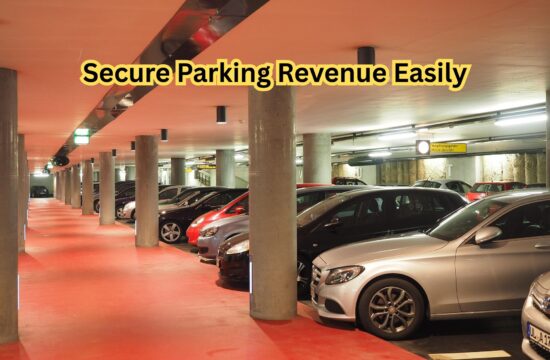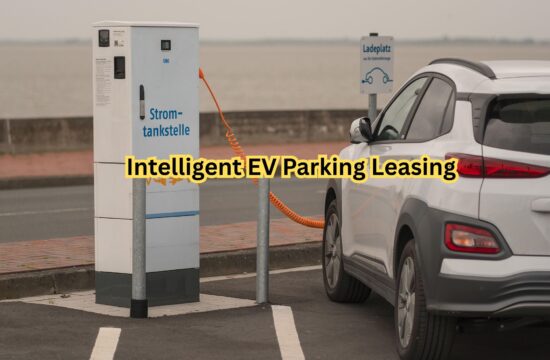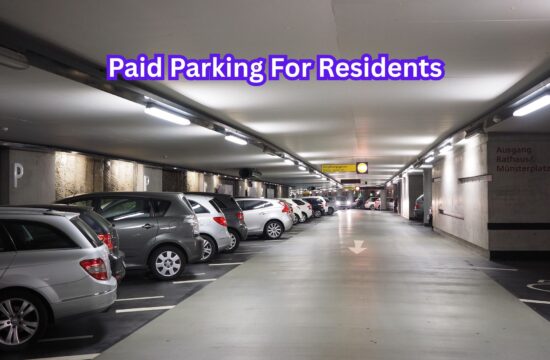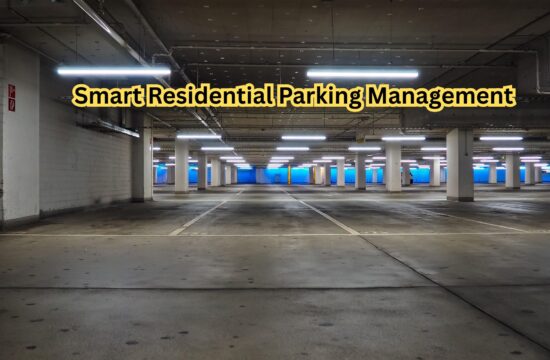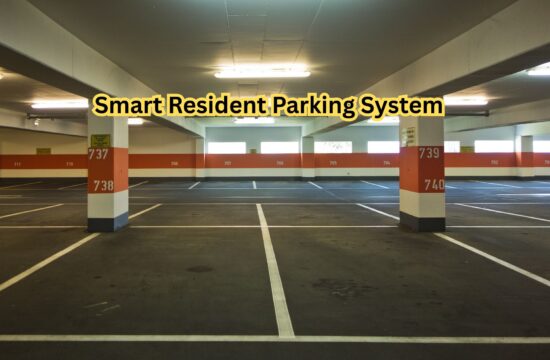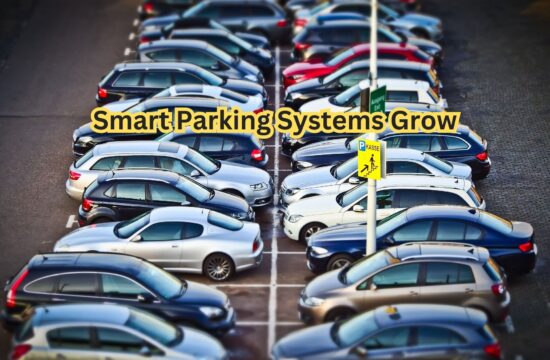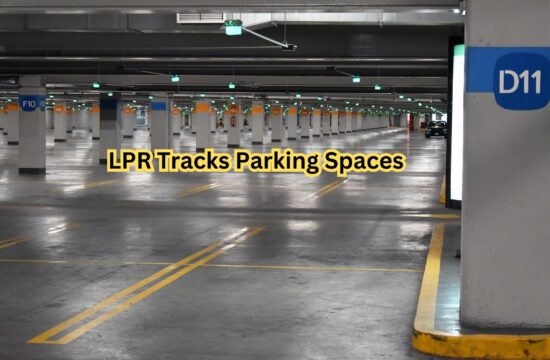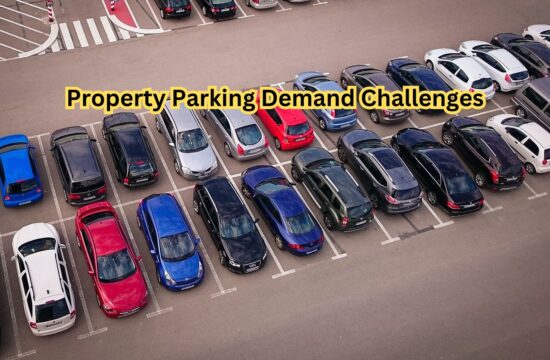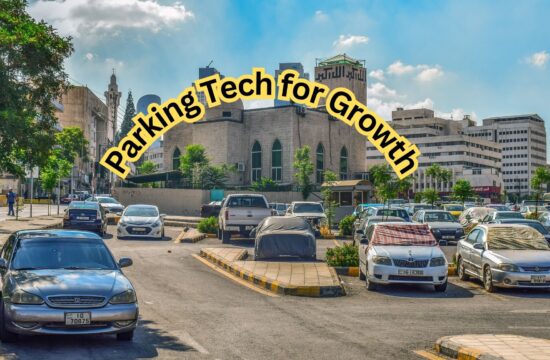The need for effective and small parking solutions has never been higher as urban areas get denser and more populous. Compact Urban Parking Solutions are essential to addressing the demands of contemporary cities, which are frequently too great for traditional parking systems. This inadequacy often causes traffic jams, pollution, and annoyance for drivers. Thankfully, Compact Urban Parking Solutions are being developed through cutting-edge methods and tools, making parking in cities smarter and more environmentally friendly. As urbanization continues to rise, the implementation of Compact Urban Parking Solutions is a vital step toward a sustainable future.
The Challenges of Urban Parking
Parking in cities presents particular difficulties, such as:
Restricted Space: It is challenging to set aside sizable spaces for parking in cities due to their limited real estate.
Traffic Congestion: One of the main causes of urban traffic is drivers looking for parking spaces.
Environmental Impact: Pollution is made worse by emissions from cars that are idling and circling seeking parking.
Expensive: Building and maintaining parking buildings in cities can be unaffordable.
Emerging Compact Parking Solutions
Urban parking is changing as a result of innovative parking solutions like stacked parking structures, shared parking platforms, smart sensors, EV charging hubs, and Automated Parking Systems (APS). Apps like ABC optimize unnecessary space, while APS and layered systems conserve space. By directing drivers, smart sensors ease traffic, and EV charging stations promote environmentally friendly transportation in congested cities.
The Role of Technology
Compact urban parking options are advanced by technology. While mobile apps streamline bookings and payments, artificial intelligence (AI) and the Internet of Things (IoT) forecast parking demand using predictive analytics. These developments improve user convenience and simplify urban transportation networks, increasing parking efficiency and easing traffic in crowded places.
The Future of Urban Parking
Integration and sustainability are key components of urban parking’s future. Cities are developing multi-modal hubs that integrate parking, public transportation, bike-sharing, and pedestrian-friendly areas. They prioritize compact and efficient designs to meet the needs of a growing population while reducing carbon footprints. These methods produce smooth, environmentally responsible urban transportation networks that strike a compromise between practicality and environmental stewardship.
Conclusion
The development of livable, effective, and ecologically sustainable cities depends on compact urban parking solutions. Urban planners and developers may turn parking from a source of annoyance into a smooth and sustainable aspect of city life by using cutting-edge technologies and reconsidering conventional methods. Urban parking appears to have a bright future with the correct policies in place.

